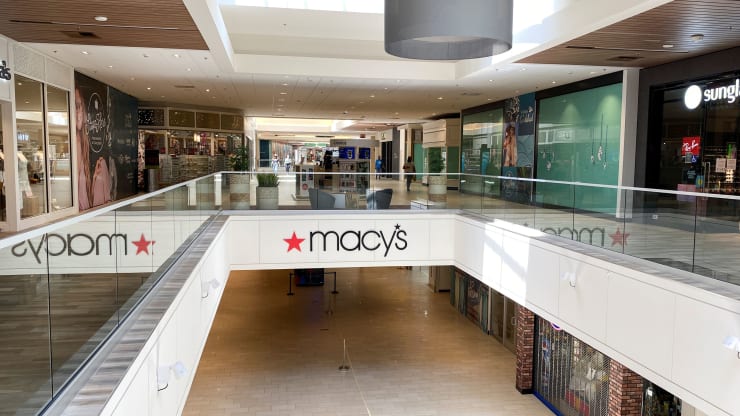25% of U.S. malls are expected to shut within 5 years. Giving them a new life won’t be easy

What is going to happen to America’s dead malls? That’s a million-dollar question plaguing retailers and real estate developers.
With a report circulating earlier this month that the biggest U.S. mall owner Simon Property Group has been in talks with Amazon to convert some shuttered Sears and J.C. Penney department stores into fulfillment centers, many industry analysts have been pontificating on the future of malls as logistics hubs.
The consensus seems to be that turning old retail space into new warehouses might not be so easy, even though it might seem like a logical solution. Demand for logistics buildings is skyrocketing as e-commerce sales balloon. But the hurdles include the need to have properties rezoned, which could be met with pushback from local municipalities.
“Just because retail space has gone vacant or remained fallow does not mean that it is automatically a good candidate for repurposing into industrial space,” the head of Moody’s Analytics commercial real estate economics division, Victor Calanog, said in a report released Thursday.
“One cannot simply build industrial buildings in areas zoned for commercial use,” he explained. “Often, that requires rezoning areas — a long and tedious process with a low probability of success.”
“State and local governments typically tax industrial properties at anywhere from half to two-thirds the rate of commercial properties, so municipalities have little incentive to rezone areas from commercial to industrial use, as they will collect less tax revenues,” Calanog said.
Demand for various commercial real estate asset types is expected to shift noticeably because of the coronavirus pandemic, with more people now working from home, flocking to the suburbs for space and buying online things they used to browse for in stores.
According to data pulled by Moody’s Analytics REIS, apartment development in the U.S. is expected to be down 15.6% in a post-Covid-19 world. Office development is set to drop 10%, it said, while retail falls 15.7%. Industrial development, meantime, is expected to pick up 3.6%.
The firm did find five markets where it said it would make the most sense to covert vacant retail space into warehouse space, based on where retail has been underperforming and where warehouse demand is hot. Those are: Central New Jersey, Northern New Jersey, Long Island, Memphis and Detroit.
But shopping malls are likely going to be shuttering in suburbs all across the country, as store closures grow in number and landlords capitulate.
recommend